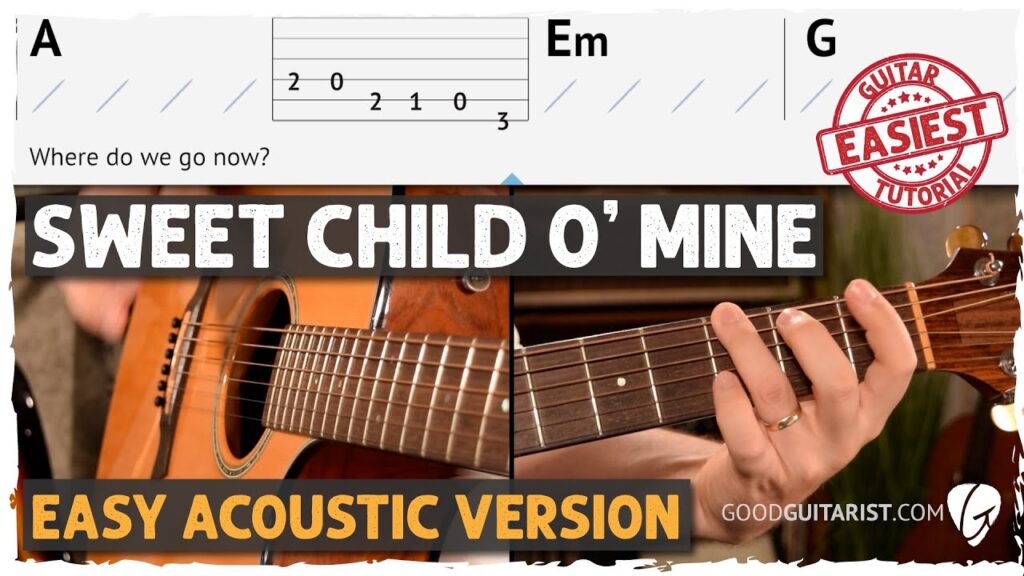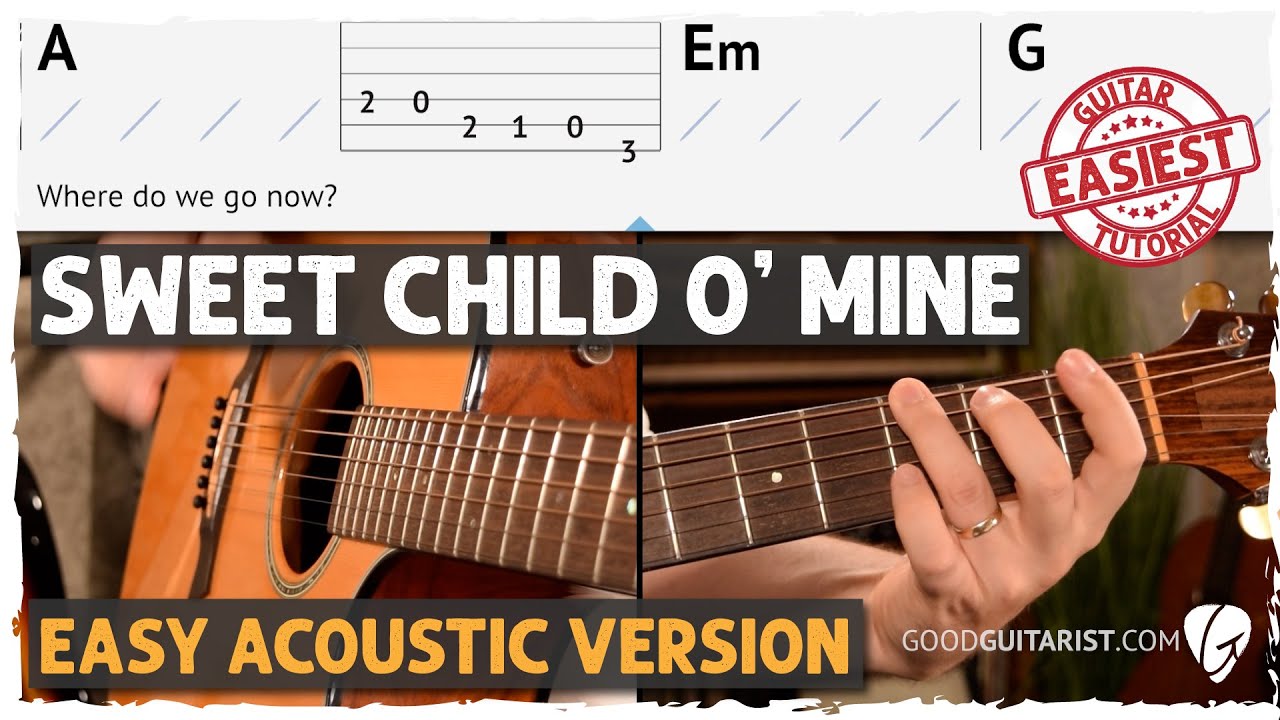
Unlock Your Inner Musician: Mastering Acoustic Chords with Lyrics
Have you ever wanted to strum your favorite songs on an acoustic guitar, singing along with heartfelt lyrics? The journey begins with mastering acoustic chords. This comprehensive guide will equip you with the knowledge and resources to confidently play a wide range of songs, transforming you from a beginner into a skilled acoustic guitarist. We’ll explore the best acoustic chords with lyrics, offering insights into their variations, practical applications, and how to use them to bring your favorite songs to life. Unlike generic tutorials, this guide focuses on building a solid foundation while providing advanced tips for seasoned players, ensuring a rewarding learning experience for everyone.
The Essential Acoustic Chords for Beginners
Starting with the basics is crucial for building a strong foundation. These chords are the building blocks of countless popular songs and are relatively easy to learn. Mastering these will unlock a vast repertoire and boost your confidence.
- G Major: A bright, cheerful chord that’s fundamental to many genres.
- C Major: Another essential major chord, often used in combination with G and D.
- D Major: A powerful chord that adds energy to your playing.
- E Minor: A melancholic minor chord that adds depth and emotion.
- A Minor: Another common minor chord, often used in folk and pop music.
- A Major: A brighter alternative to A Minor.
- D Minor: Adds a somber tone, contrasting with D Major.
For each of these chords, focus on clean finger placement and consistent strumming. Practice transitioning between them smoothly. Many online resources provide chord diagrams and video tutorials to help you visualize and learn these shapes.
Understanding Chord Diagrams and Tabs
Chord diagrams and guitar tabs are the language of guitarists. Understanding them is essential for learning new songs and expanding your chord vocabulary.
Chord Diagrams: These diagrams visually represent the fretboard, showing you where to place your fingers to form a specific chord. The horizontal lines represent the frets, and the vertical lines represent the strings. Dots indicate where to place your fingers, and numbers inside the dots often indicate which finger to use (1=index, 2=middle, 3=ring, 4=pinky). An ‘X’ above a string means you don’t play that string, while an ‘O’ means you play the open string.
Guitar Tabs (Tablature): Tabs represent the strings of the guitar with numbers indicating which fret to play on each string. Unlike standard musical notation, tabs don’t show rhythm, so you’ll need to listen to the song to understand the timing. Tabs are a popular and accessible way to learn songs, especially for beginners.
Beyond the Basics: Expanding Your Chord Vocabulary
Once you’ve mastered the essential chords, it’s time to explore more complex and interesting voicings. These chords will add color and depth to your playing.
- Barre Chords: These chords require you to press down all six strings with one finger (usually your index finger). While initially challenging, mastering barre chords unlocks a whole new range of chords and allows you to play songs in different keys. Common barre chords include F Major, B Minor, and variations of other major and minor chords up the neck.
- 7th Chords: Adding a 7th interval to a chord creates a richer, more complex sound. Common 7th chords include G7, C7, D7, and A7.
- Minor 7th Chords: Similar to 7th chords but with a minor quality, adding a jazzy or bluesy feel. Examples include Em7, Am7, and Dm7.
- Suspended Chords (Sus2 and Sus4): These chords create a sense of tension and resolution. Sus2 chords replace the 3rd of a chord with the 2nd, while Sus4 chords replace the 3rd with the 4th.
Finding Songs with Easy Acoustic Chords and Lyrics
Numerous websites and apps offer chord charts and lyrics for a vast library of songs. Some popular resources include:
- Ultimate-Guitar.com: A massive database of guitar tabs and chords, often with user-submitted versions.
- Chordify.net: Automatically detects chords in songs and provides chord diagrams.
- AZChords.com: Another large collection of guitar chords and lyrics.
- Apps like Yousician and Songsterr: These apps offer interactive lessons and chord charts that scroll along with the music.
When searching for songs, filter by difficulty level or genre to find songs that match your skill level and musical taste. Start with songs that use only a few basic chords and gradually work your way up to more complex arrangements. Look for songs that feature chords you already know to accelerate your learning.
Techniques to Improve Your Chord Transitions
Smooth chord transitions are essential for creating a seamless and musical performance. Here are some techniques to help you improve your transitions:
- Practice Slowly: Start by practicing the transitions very slowly, focusing on accuracy and finger placement. Gradually increase the speed as you become more comfortable.
- Anchor Fingers: Try to keep one or two fingers anchored on the same strings when transitioning between chords. This helps maintain your position and reduces unnecessary movement.
- Minimize Movement: Avoid lifting all your fingers off the fretboard completely. Instead, try to slide or pivot your fingers into the new chord shape.
- Use a Metronome: Practicing with a metronome helps develop your timing and ensures that your transitions are consistent.
- Visualize the Next Chord: Before transitioning, visualize the next chord shape in your mind. This helps your fingers move more efficiently.
Strumming Patterns for Acoustic Guitar
A strumming pattern is the rhythmic foundation of a song. Experimenting with different strumming patterns can add variety and expression to your playing.
- Down-Up Strum: The most basic strumming pattern, alternating between downstrokes and upstrokes.
- Down-Down-Up-Up-Down-Up: A common strumming pattern used in many pop and rock songs.
- Adding Mutes: Incorporating muted strums (where you lightly touch the strings with your palm) can add a percussive element to your playing.
- Varying Dynamics: Changing the volume and intensity of your strumming can create a more dynamic and expressive performance.
Listen carefully to the original recording of a song and try to emulate the strumming pattern. Don’t be afraid to experiment and create your own variations.
Fingerpicking Techniques for Acoustic Guitar
Fingerpicking involves plucking individual strings with your fingers instead of using a pick. This technique allows for more intricate and melodic arrangements.
- Travis Picking: A popular fingerpicking style that involves alternating a bass note with melody notes played on the higher strings.
- Arpeggios: Playing the notes of a chord individually, rather than strumming them all at once.
- Combining Fingerpicking and Strumming: Blending fingerpicking and strumming techniques can create a dynamic and interesting sound.
Start with simple fingerpicking patterns and gradually work your way up to more complex arrangements. Practice slowly and focus on accuracy.
The Importance of Practice and Patience
Learning to play the guitar takes time and effort. Don’t get discouraged if you don’t see results immediately. Consistent practice is key to improvement. Set realistic goals for yourself and celebrate your progress along the way. Even short, focused practice sessions are more effective than long, infrequent ones. Remember to be patient with yourself and enjoy the journey of learning to play the guitar. As leading guitar instructors often emphasize, the key is consistent, deliberate practice.
Choosing the Right Acoustic Guitar
Selecting the right acoustic guitar can significantly impact your learning experience. Consider the following factors when choosing a guitar:
- Body Size: Smaller body sizes are generally easier for beginners to handle.
- Neck Profile: A comfortable neck profile can make it easier to form chords.
- String Action: Lower string action (the distance between the strings and the fretboard) makes it easier to press down the strings.
- Wood Type: Different wood types produce different tones. Spruce is a common choice for the top wood, while mahogany and rosewood are popular choices for the back and sides.
- Budget: Set a budget and explore guitars within your price range. There are many excellent beginner guitars available at affordable prices.
Consider visiting a local guitar store to try out different guitars and get advice from experienced sales staff. Many retailers offer beginner packages that include a guitar, case, tuner, and other accessories.
Maintaining Your Acoustic Guitar
Proper maintenance is essential for keeping your acoustic guitar in good playing condition. Here are some tips:
- Change Strings Regularly: Old strings lose their tone and can become difficult to play. Change your strings every few weeks or months, depending on how often you play.
- Clean Your Guitar: Wipe down your guitar after each playing session to remove dirt and grime. Use a guitar polish to keep the finish looking its best.
- Humidify Your Guitar: Acoustic guitars are sensitive to humidity. Use a humidifier to maintain a consistent humidity level, especially in dry climates.
- Store Your Guitar Properly: Store your guitar in a case when not in use to protect it from damage.
- Get Regular Setups: Have your guitar professionally set up by a luthier to ensure that it plays properly.
Leveraging Online Resources for Continued Learning
The internet offers a wealth of resources for guitarists of all levels. Take advantage of online lessons, tutorials, and communities to continue learning and improving. Websites like YouTube, Fender Play, and TrueFire offer comprehensive guitar lessons covering a wide range of topics. Online forums and communities provide a platform for connecting with other guitarists, asking questions, and sharing tips. Regularly engaging with these resources can accelerate your progress and keep you motivated.
Finding Your Musical Voice: Bringing It All Together
Learning acoustic chords with lyrics is more than just memorizing shapes and strumming patterns; it’s about expressing yourself through music. As you progress, experiment with different chord voicings, strumming patterns, and fingerpicking techniques to develop your own unique style. Don’t be afraid to write your own songs and share your music with others. The journey of learning to play the guitar is a lifelong pursuit, and the rewards are immeasurable.
Ready to Strum Your Way to Success?
Mastering the best acoustic chords with lyrics opens a world of musical possibilities. By focusing on building a strong foundation, expanding your chord vocabulary, and practicing consistently, you can confidently play your favorite songs and express yourself through music. Share your progress and favorite songs to play in the comments below. Consider exploring our advanced guide to fingerstyle guitar for further skill development, and feel free to reach out to our expert guitar instructors for personalized guidance. Happy strumming!

